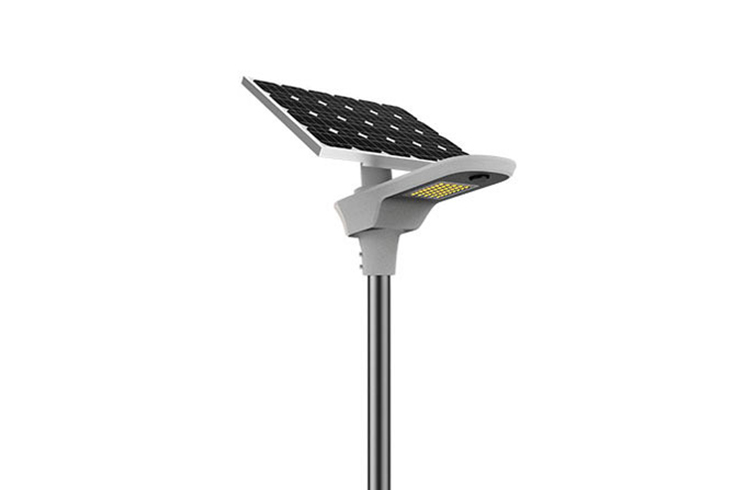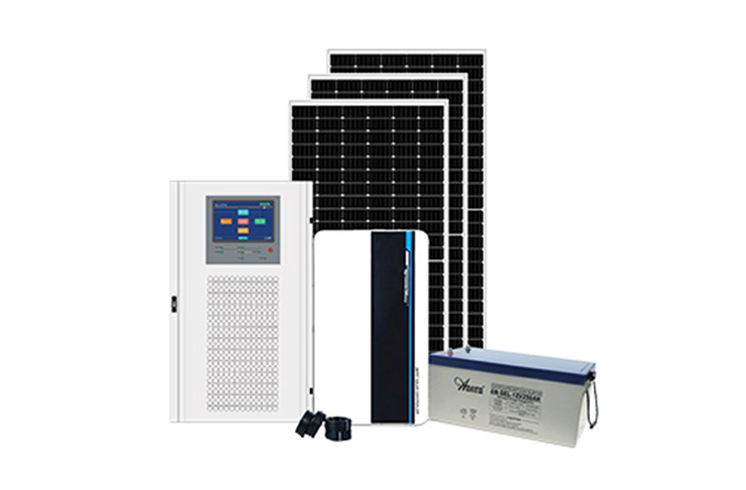
Photovoltaic panels are the core part of solar cell modules. In the production of solar panels, there are two common types of panels: full-cell panels and half-cell panels.
Full-Cell Panels
Full-cell panels refer to panels made from single crystalline silicon. Their manufacturing process is relatively simple, making them relatively low in cost.
Half-Cell Panels
Half-cell panels involve cutting single crystalline silicon into two halves and then connecting the two halves into panels.
Why Half-Cell Panels?
Take the common 210 panels, for example. During manufacturing, the silicon rod is first cut into 210mm x 210mm square pieces, which are then cut in half to generate two210mm x 105mm half-cell panels. Half-cell panels have the following characteristics:
Using 210mm half-cell panels can reduce silicon material waste, improve the production efficiency and environmental performance of photovoltaic cell modules.
Half-cell panels demonstrate excellent thermal stability and PID resistance, enhancing the lifespan of photovoltaic cell modules.
Comparatively, half-cell panels have higher manufacturing costs. In some special application scenarios, such as limited roof space or restricted ground installation areas, half-cell panels have more advantages over full-cell panels due to their smaller size, which better adapts to spatial restrictions.
Half-cell technology essentially involves cutting a conventional solar panel into two halves. Unlike common photovoltaic modules with 60 or 72 cells, half-cell modules consist of 120 or 144 half cells while maintaining the same design and dimensions as conventional modules.
Half-cell panel technology generally employs laser cutting methods, cutting standard-size panels into two equal half cells along a direction perpendicular to the main grid lines, followed by welding and series connection.
Similar to conventional modules, half-cell encapsulation also uses tempered glass, EVA , and a back sheet. Conventional solar panels typically contain 60 series-connected 0.5 to 0.6V solar cells. The voltage increases in series, so 60 cell modules have an operating voltage of 30 to 35V. If half cells are connected as in standard modules, they will produce half the current and twice the voltage, with resistance unchanged.
To ensure the overall output voltage and current match those of conventional modules, half-cell panel modules generally adopt a series-parallel structure design, effectively paralleling two smaller modules together.
This means the open-circuit voltage of a half cell is the same as that of a full cell. The number of half cells is doubled and divided into two parts. Each part has the same number of cells as a full-cell module, and the parallel connection of the two parts results in a voltage identical to that of each individual part, so the total output voltage remains the same as a full-cell panel.
Since a half cell is only half the size of a conventional cell, its current is also halved. By designing the panel into two parallel parts, the output current is restored to that of a full-cell panel.
The resistance of a half cell is only half that of a full cell, so the resistance of each part in parallel is also half that of a full module. Re-paralleling the two parts, whose resistance is only half that of the full module, results in a total circuit resistance that is only one-fourth that of a full panel.


